
Amateur photographer, pacifist, interested in art, birdwatching and wildlife. Hometown: Ostend Belgium
Haematopus moquini has a coastal breeding range which stretches from Lüderitz, Namibia, to Mazeppa Bay, Eastern Cape, South Africa. The total population is estimated to number 5,000-6,000 individuals (T. Dodman in litt. 2002 to Wetlands International 2002), with about half occurring along the Western Cape (South Africa) coastline, half of these on its near-shore islands.
3 Photos
Phalacrocorax neglectus breeds at 45 localities between Hollam's Bird Island, Namibia, and Quoin Rock, South Africa. About 80-90% of the breeding population is located on Mercury (1,840 pairs) and Ichaboe Islands, Namibia (Kemper et al. 2007, Ludynia et al. 2010). The non-breeding range extends from just south of Hoanibmond south to Die Walle. Several island populations in the west and north Cape Province have declined in recent years and seven former breeding localities have been vacated (Harrison et al. 1997). The total number of breeding pairs fell from 7,600 in 1978-1980 to 5,750 by 1990 and to 2,800 by 2006 (Kemper et al. 2007).
3 Photos
Although this species is widespread and has a large global population, its numbers have declined rapidly in parts of its range owing to changes in agricultural practices. Overall, the global population is estimated to be declining at such a rate that the species qualifies as Near Threatened. All of the images by Mike Pope in this gallery were taken in Kuwait.
29 Photos
Phalacrocorax coronatus is restricted to the west coast of southern Africa, breeding at 48 localities from Walvis Bay in Namibia to Cape Agulhas in South Africa. During 1977-1981, the population was estimated to be 2,665 breeding pairs. The most recent estimate is of 8,700 individuals (du Toit et al. 2002).
3 Photos
This species has been uplisted to Vulnerable because it is suspected to have undergone rapid declines during the past three generations (56 years) owing to deliberate and incidental poisoning, habitat loss, reduction in available prey, pollution and collisions with power lines. Further information on trends across its large range may lead to its further uplisting to Endangered in the future.
9 Photos
This species has been uplisted to Critically Endangered. Recent data suggests the already small population is declining at an extremely rapid rate owing to a variety of threats including poisoning, persecution and ecosystem alterations. The species has a very small population which constitutes a single metapopulation as there is presumed to be movement of individuals within its large range. Local extinctions may be accelerated by major poisoning events in isolated localised subpopulations.
2 Photos
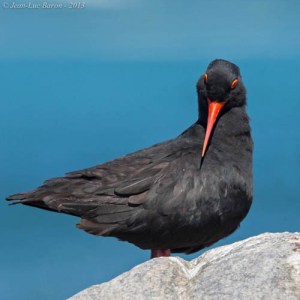
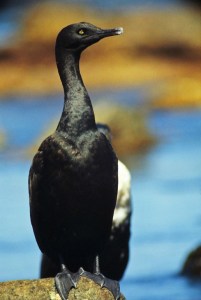

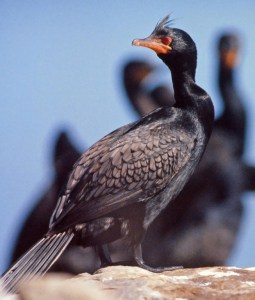
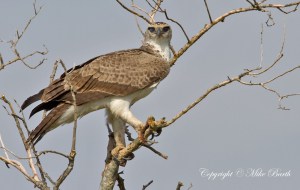
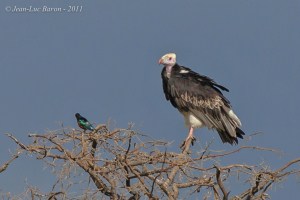
Leave a Reply